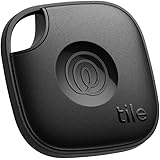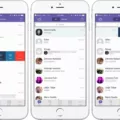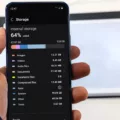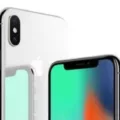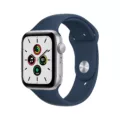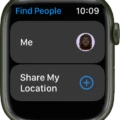The iPhone has revolutionized the way we interact with our phones. From its sleek design to its intuitive user interface, Apple has made sure that the iPhone experience is a smooth and enjoyable one. But what really sets the iPhone apat from the competition is its haptic feedback technology.
Haptic feedback, also knwn as haptics, is a technology that uses vibrations to simulate a sense of touch. Haptics are primarily used in gaming consoles to create an immersive experience, but have become increasingly popular in smartphones in recent years. By providing tactile feedback when interacting with your phone, haptics allow users to feel as if they’re actually touching something on their device.
Apple’s implementation of haptics on the iPhone is second-to-none. Every time you press a button or interact with an app on your phone, you can feel subtle vibrations that let you know you’ve completed an action successfully. This not only helps you stay focused and engaged when using your device, but also makes it easier for visually impaired users to navigate their iPhones without having to look at them every time.
In addition to providing tactile feedback for interactions, Apple has also incorporated haptics into its notifications system. Now when your phone alerts you about an incoming message or email, you can feel a gentle vibration that lets you know something important has arrived. This allows users to keep their eyes on the task at hand without having to constantly check their phones for notifications.
Overall, Apple’s implementation of haptic technology in the iPhone has greatly improved user experience and accessibility for people with visual impairments. Not only does it make interacting with your device more enjoyable and engaging, but it also helps keep users informed about important notifications without having to constantly check their phones. With Apple continuing to refine and improve its haptic technology in future iPhones, we can be sure that the user experience will continue to get even beter over time.
Should the Haptics Feature be Enabled on an iPhone?
It ultimately depends on your preference. Haptic feedback, or haptics, is the use of vibrations to give you feedback when you interact with your iPhone. It can be useful for providing tactile cues when using certain features, such as 3D Touch, Haptic Touch, or other features. Turning it off will make these features less responsive and you may miss out on some of the benefits they offer. However, if you find that the vibrations are too strong or distracting, turning them off can help improve your experience. Ultimately, it’s up to you to decide wether to keep haptics on or off on your iPhone.
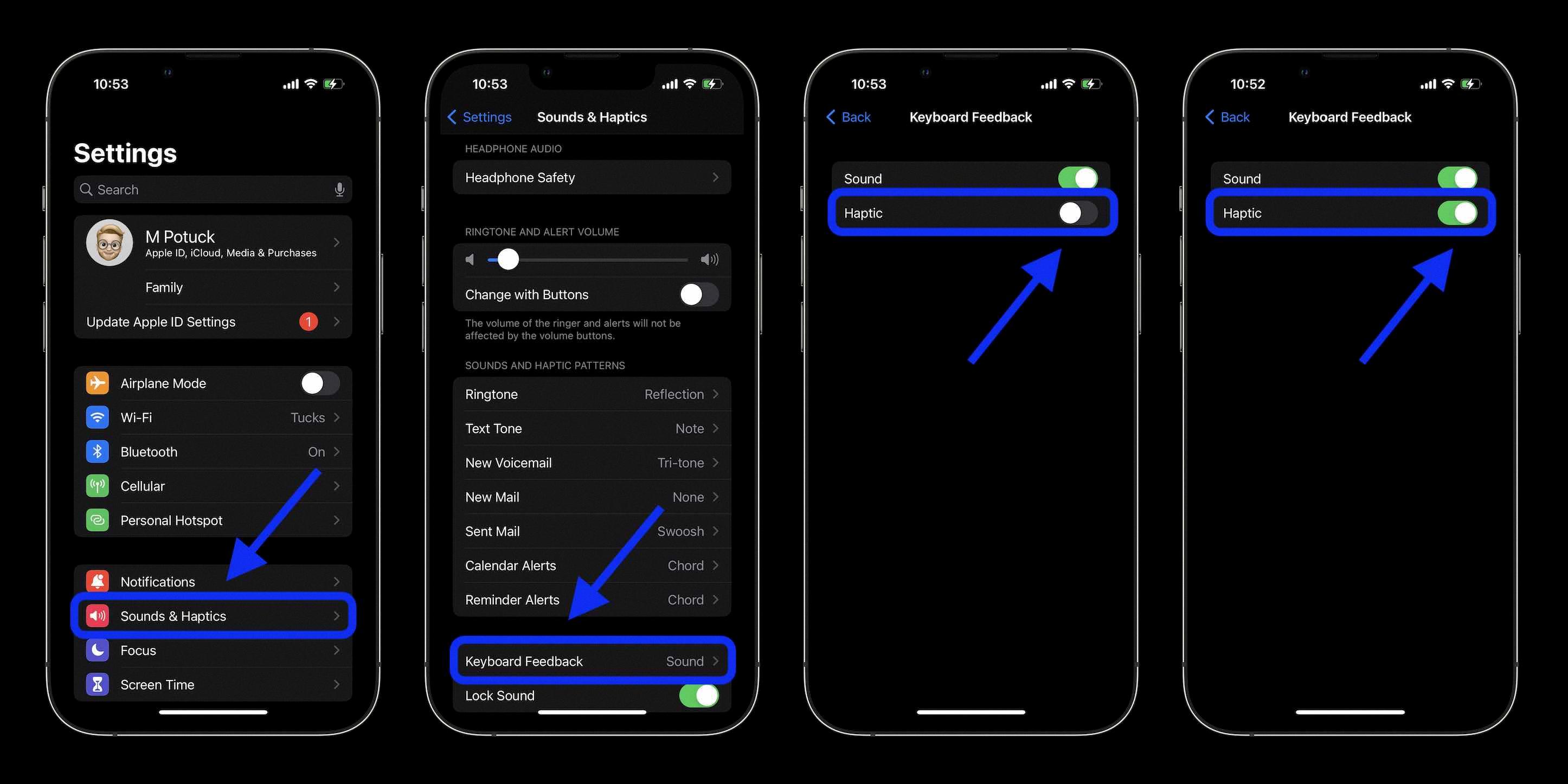
Source: 9to5mac.com
The Quality of IPhone Haptics
Yes, iPhones are known for teir excellent haptic feedback and are widely considered to be the best in the industry. Apple has worked hard to create a unique and highly sensitive haptic engine that produces strong, precise vibrations that make all types of interactions feel more realistic and immersive. The haptics on an iPhone provide a tactile sensation that gives users a sense of control over their device and can even help them identify different tasks or functions with ease. Furthermore, Apple’s Taptic Engine uses a combination of motors and actuators to create subtle yet effective vibrations that have been designed to enhance user experience.
Effects of Turning Off System Haptics on iPhone
If you turn off system haptics on your iPhone, it will reduce the amount of vibrations and feedback from your device by about 50%. This includes when you press a button, when you receive a notification, or when you’re using cerain accessibility features. However, to completely disable vibrations on your iPhone, you’ll need to make some additional changes in Settings > Accessibility. This may include turning off vibration alerts for incoming calls and notifications, turning off haptic feedback for typing, or disabling the ‘Haptic Home Button’ feature.
Should I Disable Haptic Feedback?
Yes, you should turn off haptics if you don’t need to get notified by vibration. Turning off haptics can help conserve battery power as it takes more battery power to vibrate your phone than it does to ring it. Additionally, turning off haptics may reduce the amount of strain on your hands and wrists as you type throughout the day.
The Benefits of Haptics Technology
The point of Haptics is to provide users with tactile feedback on their actions, allowing for more immersive and intuitive experiences on mobile devices. Haptics can replicate the sensation of physical button presses, providing a more realistic and engaging experience when unlocking your phone with a fingerprint reader, navigating menus, typing on a virtual keyboard, playing games, or any othr action that requires tactile feedback. By providing users with this type of feedback, it allows them to have more confidence in their actions and better understand what they are doing.
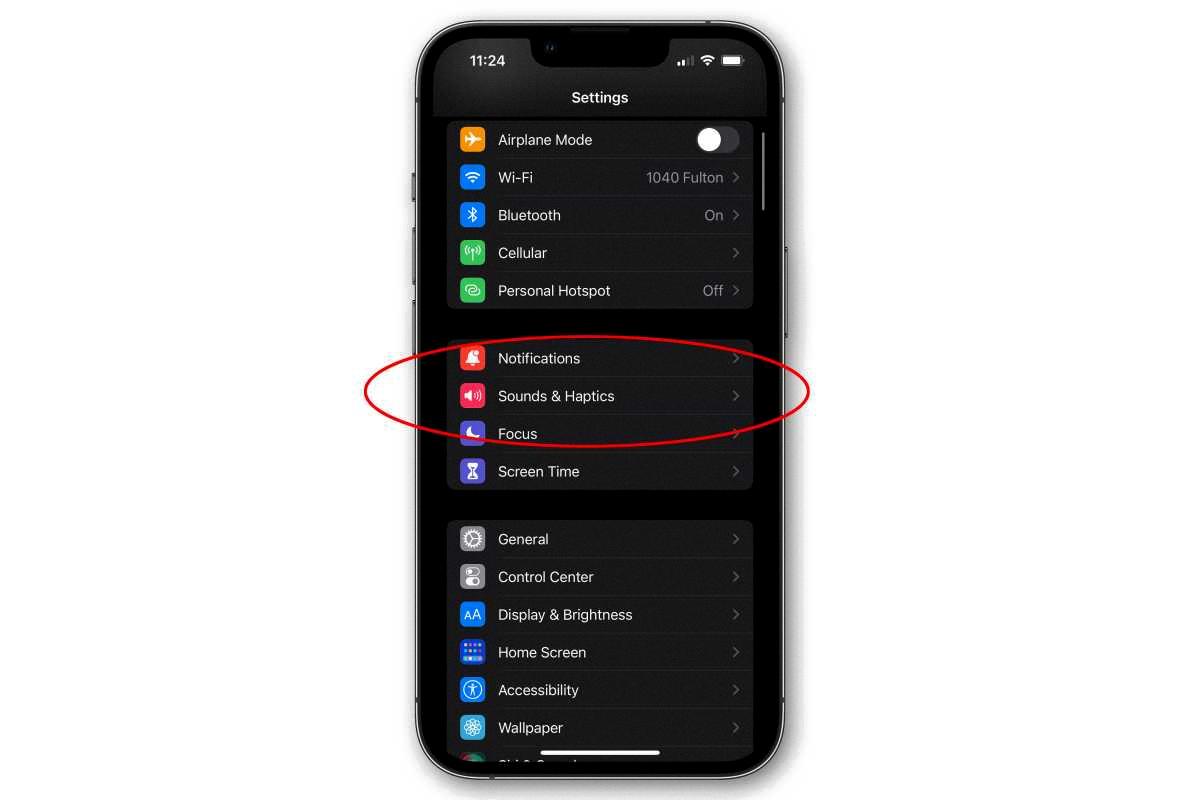
Source: macworld.com
The Superiority of Apple Haptics
Apple haptics are so good because they use a combination of advanced technology and precision engineering to create a sense of touch that feels realistic and immersive. Their haptic feedback system is designed to be both subtle and powerful, creating a range of tactile sensations that help enhance the user experience. Apple’s haptics also use sophisticated algorithms that can adjust the intensity and pattern of vibrations based on the type of interaction, providing an immersive and realistic experience with every touch.
Understanding How IPhone Haptics Work
IPhone Haptics work by using a technology called “taptic engine”. This is a linear actuator inside the phone that creates vibrations, which are felt by the user as haptic feedback. The taptic engine is used to respond to user interactions such as tapping and pressing on the screen, poviding a tactile response that helps with navigation and enhances the overall user experience. The taptic engine can also be used for notifications and alarms, allowing the user to feel when their phone has been alerted even if it’s in a pocket or bag. Apple’s Haptic Touch technology uses this same taptic engine to provide a small vibration when users long-press the screen.
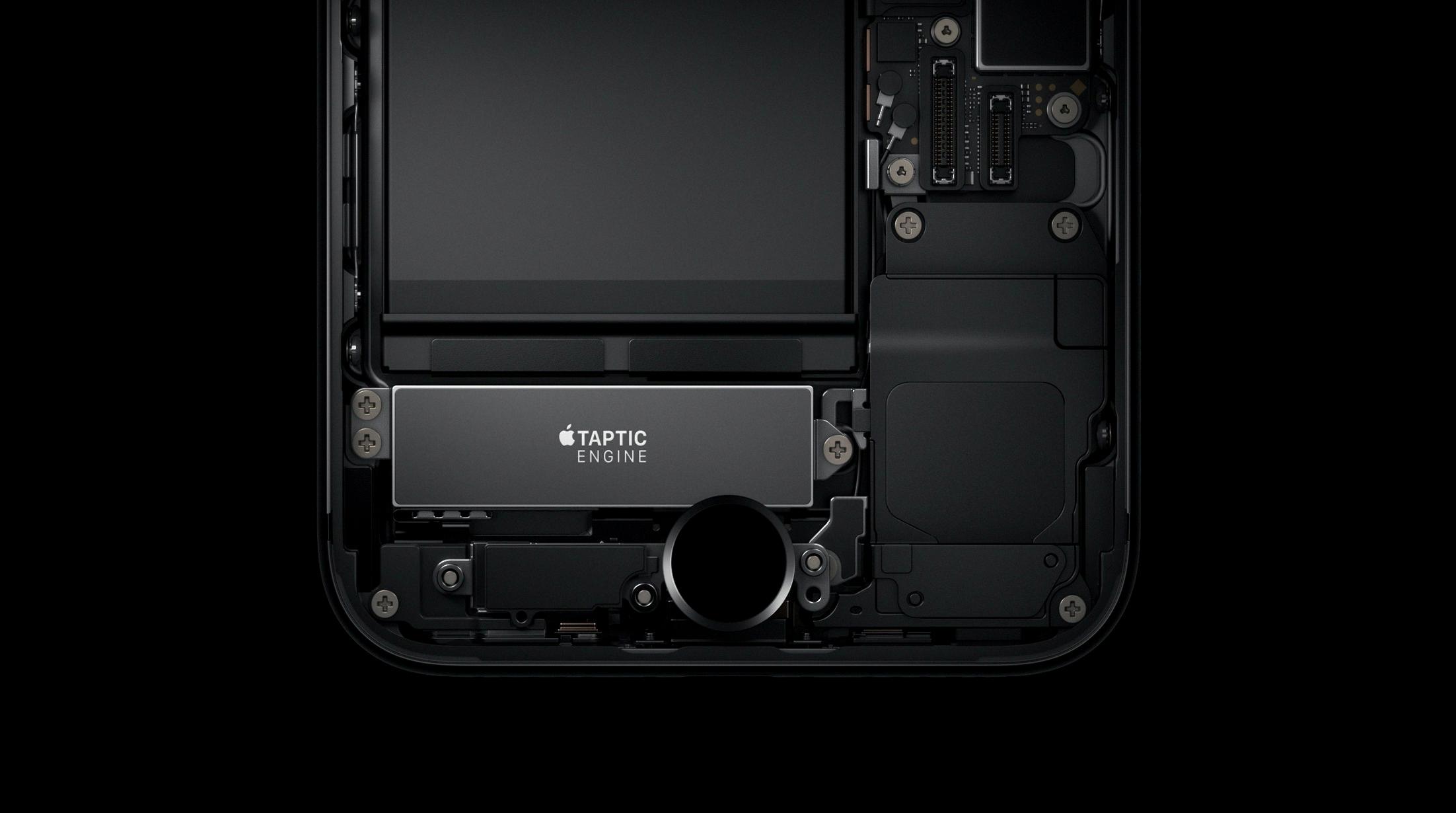
Source: macstories.net
Understanding Haptic Touch
Haptic Touch is a form of feedback technology used in mobile devices like smartphones and tablets. It uses vibrations to simulate the sensation of pressing a physical button or scrolling through a list when interacting with the touchscreen. This technology provides a more realistic user experience and allows for more precise control when navigating on-screen items. Haptic Touch has been used since iPhone XR and is now a standard feature on most modern Apple devices.
The Impact of Haptic Feedback on Mobile Phones
No, haptic feedback is not bad for phones. In fact, it can be beneficial in many ways. It can make the phone easier to use and reduce the need to look at the screen, as well as providing a more intuitive experience. It can also help companies think more holistically about design, and proide a better user experience overall.
Understanding Haptics and How It Works
Haptics is the science of uing touch or tactile feedback to interact with technology. It uses a combination of force, vibration, and motion to create tactile sensations that allow users to feel and interact with virtual objects. Haptic technologies use a force feedback loop to manipulate the movement of the user, which goes beyond simply vibrating. A haptic sensor generates an electric current which drives a response to create a vibration, enabling users to feel textures, shapes, surfaces and movements. Haptic technology can be used in gaming, virtual reality and other interactive applications to provide a more realistic experience for the user.
Understanding Vibration and Haptics
Haptics and vibration alerting are both methods of providing feedback to a user or operator throuh their sense of touch. Haptics can be used to convey information, such as menus, buttons, and other forms of input. For example, a haptic feedback system can be used to provide force-feedback in virtual reality applications. Vibration alerting is used more for emergency situations or to draw attention to an event. It is used in phones, watches, and other electronic devices to let the user know something important has occurred. In both cases, the sensation provided can range from a light buzz or tickle to a more intense vibration.
Increasing the Strength of iPhone Haptics
To make your iPhone haptics stronger, open Settings and tap Accessibility. Tap Touch, then tap 3D & Haptic Touch. Depending on your device, you may only see the Haptic Touch option. Turn it on and use the slider to select a higher sensitivity level. This will make your phone’s haptics stronger so that you can feel them more clearly when interacting with your device.
Understanding Haptic Touch on iPhone 13
Haptic Touch on iPhone 13 is a feature that replaces the 3D Touch feature found on older iPhones. It uses haptic feedback to proide a sense of touch and tactile feedback when interacting with the screen. The iPhone 13’s Haptic Touch combines fast actions, such as previewing content or downloading apps, with haptic feedback for a more immersive experience. It also enables users to access Quick Actions menus, adjust sliders and scroll through lists faster than ever before. Additionally, it can be used to access trackpad mode for precision control over cursor movements and text selection.
Troubleshooting an iPhone That Has Stopped Vibrating
There could be seeral reasons why your iPhone stopped vibrating. It could be due to a hardware issue, such as a defective vibration motor, or it could be a software issue like having vibration disabled in your Accessibility settings. If you haven’t checked the Accessibility settings, go to Settings -> Accessibility -> Touch and make sure the switch next to Vibration is turned on. You’ll know the switch is on when it’s green. If that doesn’t fix your issue, you may need to take your phone into an Apple store or contact Apple support for further assistance.
The Mystery of iPhone Vibrations When Closing Apps
Your iPhone may be vibrating when you close apps because the app is still running in the background and sending notifications. To fix this issue, you’ll need to open up the app switcher and close all of the apps that are running in the background. This will help to stop the vibration and any potential software problems they may be causing.
Conclusion
The use of haptics in iPhone technology has revolutionized the way we interact with our devices. By providing subtle, yet powerful vibration feedback when interacting with a device, haptics enhances the user experience and makes it easier to use and navigate our iPhones. Haptics also provide a more intuitive way of using apps and other features by giving us tangible feedback which helps us understand how to interact with our device. Furthermore, haptics can be utilized to improve accessibility for people with certain types of disabilities who may have difficulty using traditional touchscreens. All in all, the introduction of Apple’s haptic technology into its iPhones has been an incredibly successful endeavor, providing users with a more immersive and enjoyable experience whle adding an extra dimension to the way they interact with their phones.




